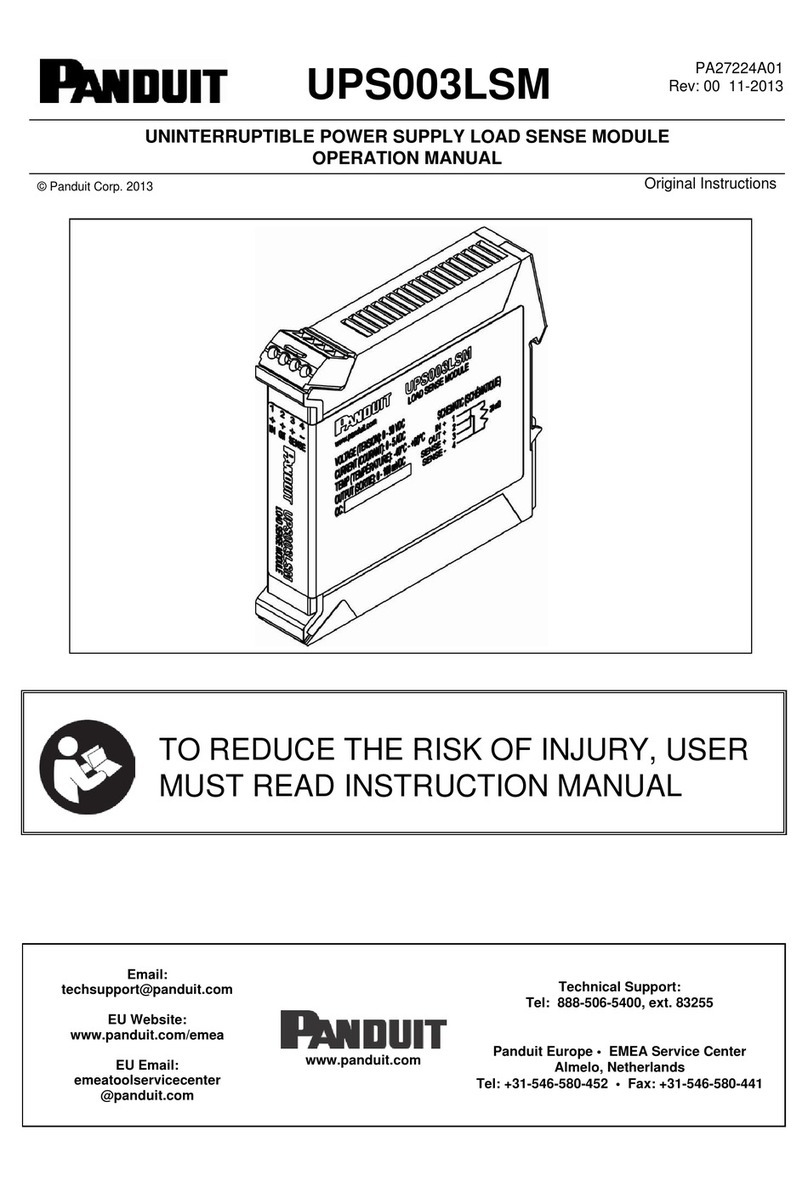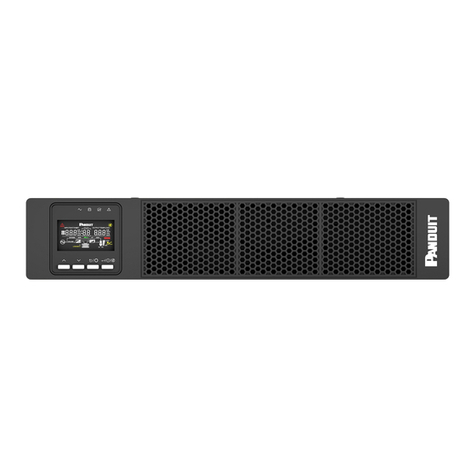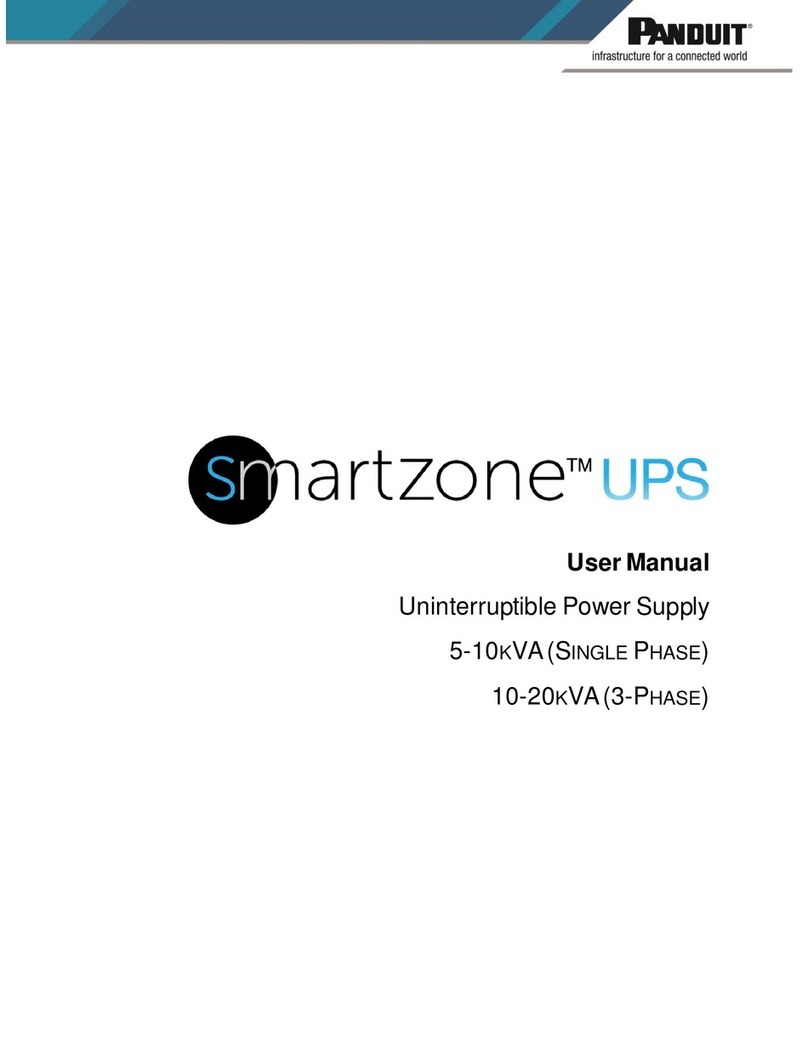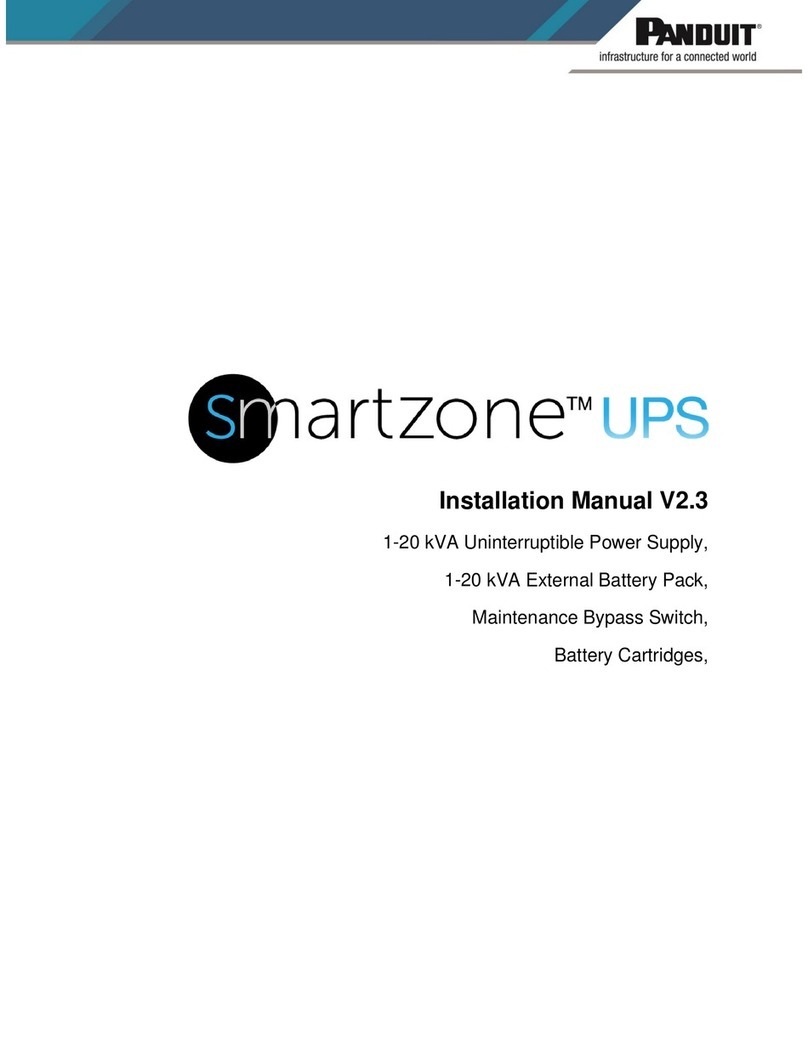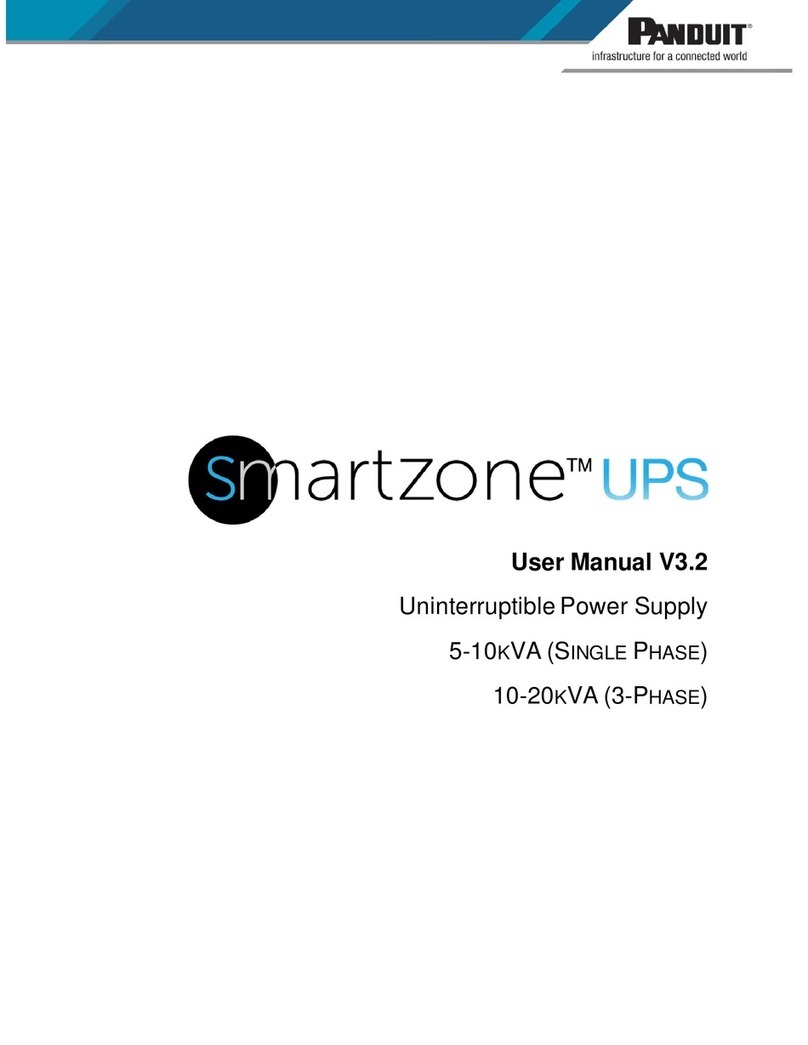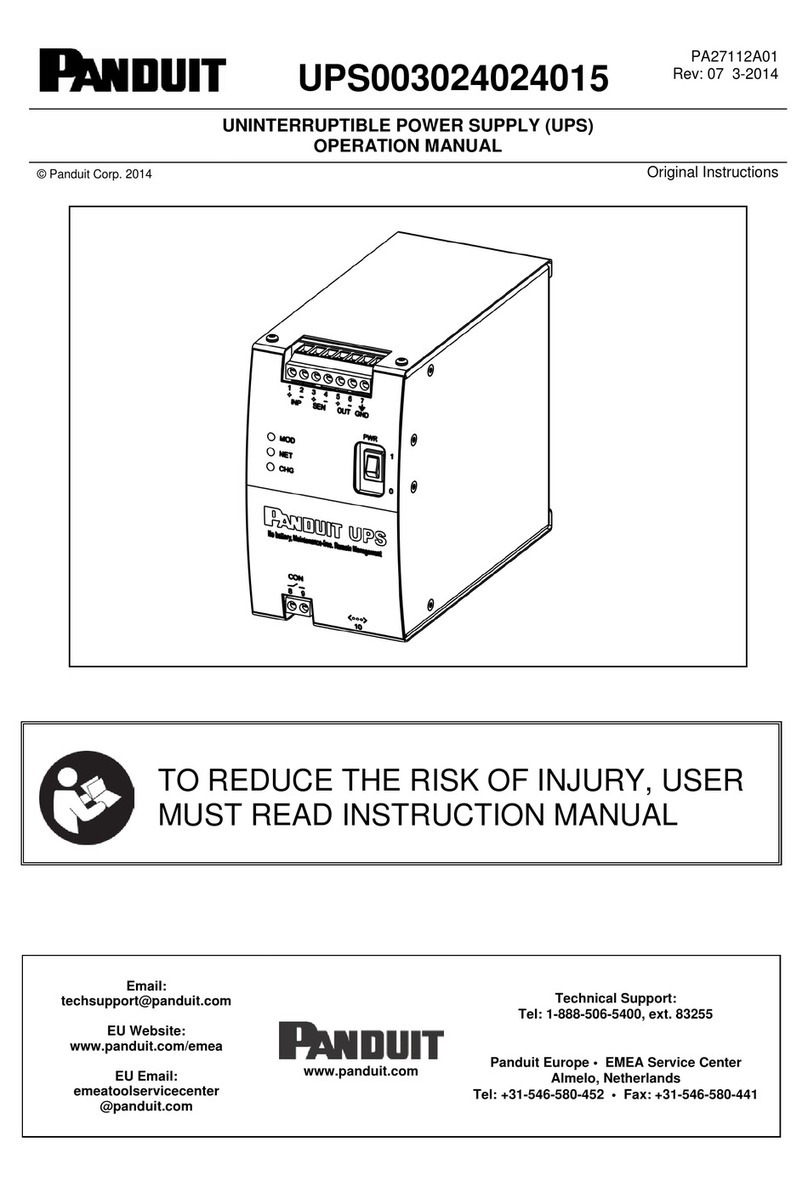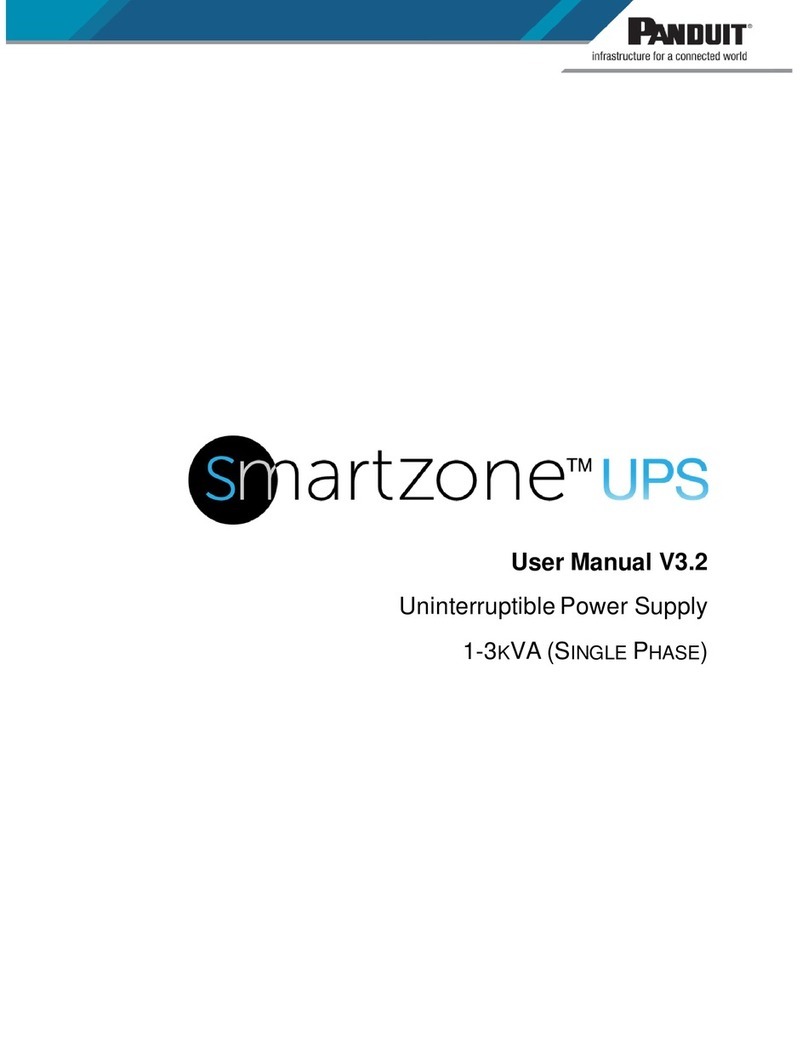IA-CD-0009 Rev. 07 Page 3of 46
4.6. DC POWER INPUT ..................................................................................................................................................19
4.7. SENSE INPUT..........................................................................................................................................................19
4.8. DC POWER OUTLET................................................................................................................................................19
4.9. GROUND ................................................................................................................................................................20
4.10. CON-CONTROL RELAY..........................................................................................................................................20
4.11. Status LEDs – Visual Indicators............................................................................................................................20
5. NETWORK INSTALLATION.............................................................................................................................................21
5.1. ETHERNET..............................................................................................................................................................21
5.2. WEB BROWSER INTERFACE (WBI) .........................................................................................................................21
5.3. CONNECTING TO THE UPS.....................................................................................................................................21
5.4. MODULE ................................................................................................................................................................22
5.4.1. Module Status...............................................................................................................................................22
5.4.2. Input, Volts and Input, Amps ........................................................................................................................23
5.4.3. Output, Volts and Output, Amps ..................................................................................................................23
5.4.4. Load Sense, Amps .........................................................................................................................................23
5.4.5. Uptime, HHHHHH:MM:SS.............................................................................................................................23
5.4.6. Temperature, deg C......................................................................................................................................23
5.4.7. State of Health..............................................................................................................................................23
5.4.8. Events ...........................................................................................................................................................24
5.5. USERNAME AND PASSWORD ................................................................................................................................26
5.6. SETTINGS ...............................................................................................................................................................27
5.6.1. MODEL ..........................................................................................................................................................27
5.6.2. RESET ............................................................................................................................................................27
5.6.3. SERIAL NUMBER............................................................................................................................................28
5.6.4. PASSWORD ...................................................................................................................................................28
5.6.5. USERNAME ...................................................................................................................................................29
5.6.6. FIRMWARE VERSION ....................................................................................................................................30
5.6.7. UPDATE.........................................................................................................................................................30
5.6.8. MAC ID..........................................................................................................................................................30
5.6.9. RESTORE........................................................................................................................................................30
5.6.10. LANGUAGE....................................................................................................................................................31
5.6.11. SNMP ............................................................................................................................................................32
5.6.11.1. IP (SNMP AGENT) PORT ................................................................................................................................33
5.6.11.2. SYSCONTACT or SYSLOCATION .....................................................................................................................34
5.6.11.3. SNMPv1 and SNMPv2C.................................................................................................................................35

